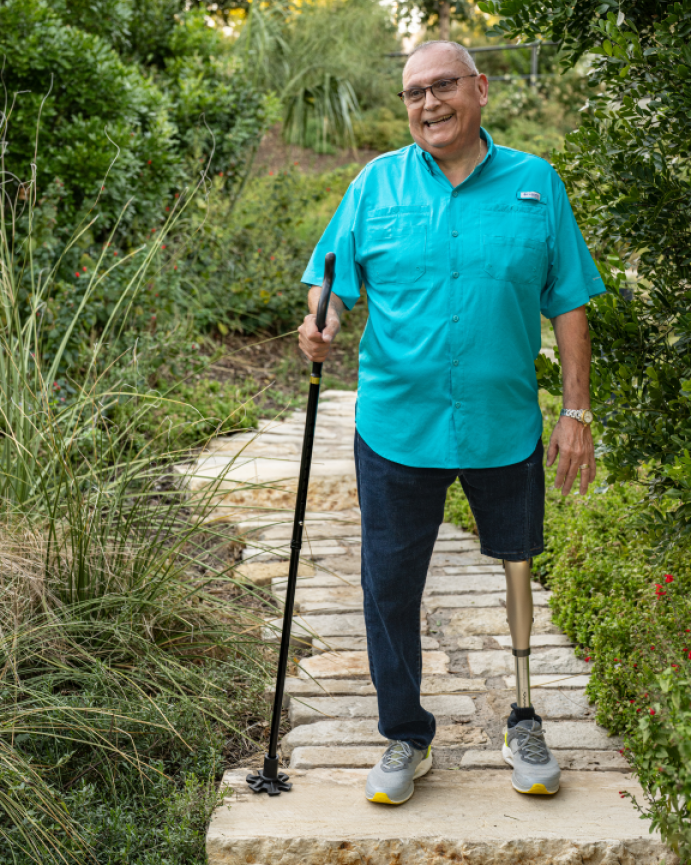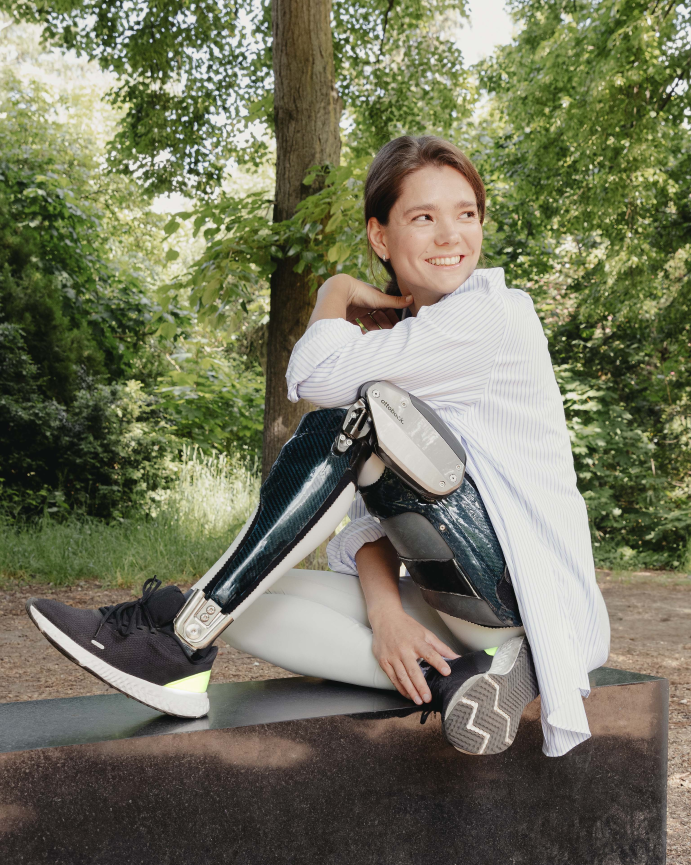Canadian Customers: Take a look at our simplified Returns Process
Clinical Evidence



Ottobock has a long-standing commitment to advancing the field of orthotics and prosthetics (O&P) through rigorous clinical research. For over a century, the company has collaborated with clinicians, researchers, and institutions worldwide to generate evidence that supports the safety, efficacy, and real-world impact of its technologies. This dedication to scientific inquiry not only drives innovation but also helps ensure that individuals with mobility challenges receive the most effective, evidence-based care possible.
Below you will find a number of downloads specific to studies comparing microprocessor knees (MPKs) and non-microprocessor knees (NMPKs). These resources highlight the clinical benefits of MPK technology, including improved safety, mobility, and quality of life for users. The included studies represent a broad range of peer-reviewed research and real-world data, offering valuable insights for clinicians, payers, and policymakers evaluating the impact of advanced prosthetic solutions.
Learn more about Ottobock Clinical Evidence/Resources: https://corporate.ottobock.com/en/futuring/clinical-research
Learn more about what sets Ottobock MPKs apart: https://shop.ottobock.us/c/know-the-difference
MPKs |
|
| C-Leg + Kenevo Flyer | Download PDF |
| Comparison between the C-leg microprocessor-controlled prosthetic knee and non-microprocessor control prosthetic knees: A preliminary study of energy expenditure, obstacle course performance, and quality of life survey | Download PDF |
| Benefits of microprocessor-controlled prosthetic knees to limited community ambulators: Systematic review | Download PDF |
| Comparison of nonmicroprocessor knee mechanism versus C-Leg on Prosthesis Evaluation Questionnaire, stumbles, falls, walking tests, stair descent, and knee preference | Download PDF |
| Safety, energy efficiency, and cost efficacy of the C-Leg for transfemoral amputees: A review of the literature | Download PDF |
| Ramp descent performance with the C-Leg and interrater reliability of the Hill Assessment Index | Download PDF |
| The effect of microprocessor controlled exo-prosthetic knees on limited community ambulators: systematic review and meta-analysis | Download PDF |
| Evaluation of Function, Performance, and Preference as Transfemoral Amputees Transition From Mechanical to Microprocessor Control of the Prosthetic Knee | Download PDF |
| Differences in function and safety between Medicare Functional Classification Level-2 and -3 transfemoral amputees and influence of prosthetic knee joint control | Download PDF |
| OASIS 1: Retrospective analysis of four different microprocessor knee types | Download PDF |
| The Safety of C-Leg: Biomechanical Tests | Download PDF |
| Assessing Clinical outcomes with Microprocessor Knee Utilization in a K2 population (ASCENT K2): randomized controlled trial results for above-knee prosthesis users over age 65 | Download PDF |
C-Brace |
|
| The C-Brace improves balance, risk of falling, mobility, function, and quality of life in KAFO users in a Randomized Crossover Study. | Link to study |
| Patient's burden and outcomes using a C-Brace vs. traditional KAFO from patient surveys. | Link to study |
| The C-Brace improves safety, mobility, and quality of life at one year: Interim results from a prospective registry. | Link to study |
| Experts' perceived patient burden and outcomes using a C-Brace vs. traditional KAFO. | Link to study |
| C-Brace vs. stance control vs. locked KAFO: a randomized controlled trial | Link to study |
| Safety and walking ability with the C-Brace: a survey of KAFO users before and after C-Brace fitting. | Link to study |
| A functional comparison of conventional KAFOs vs. C-Brace based on biomechanical parameters. | Link to study |